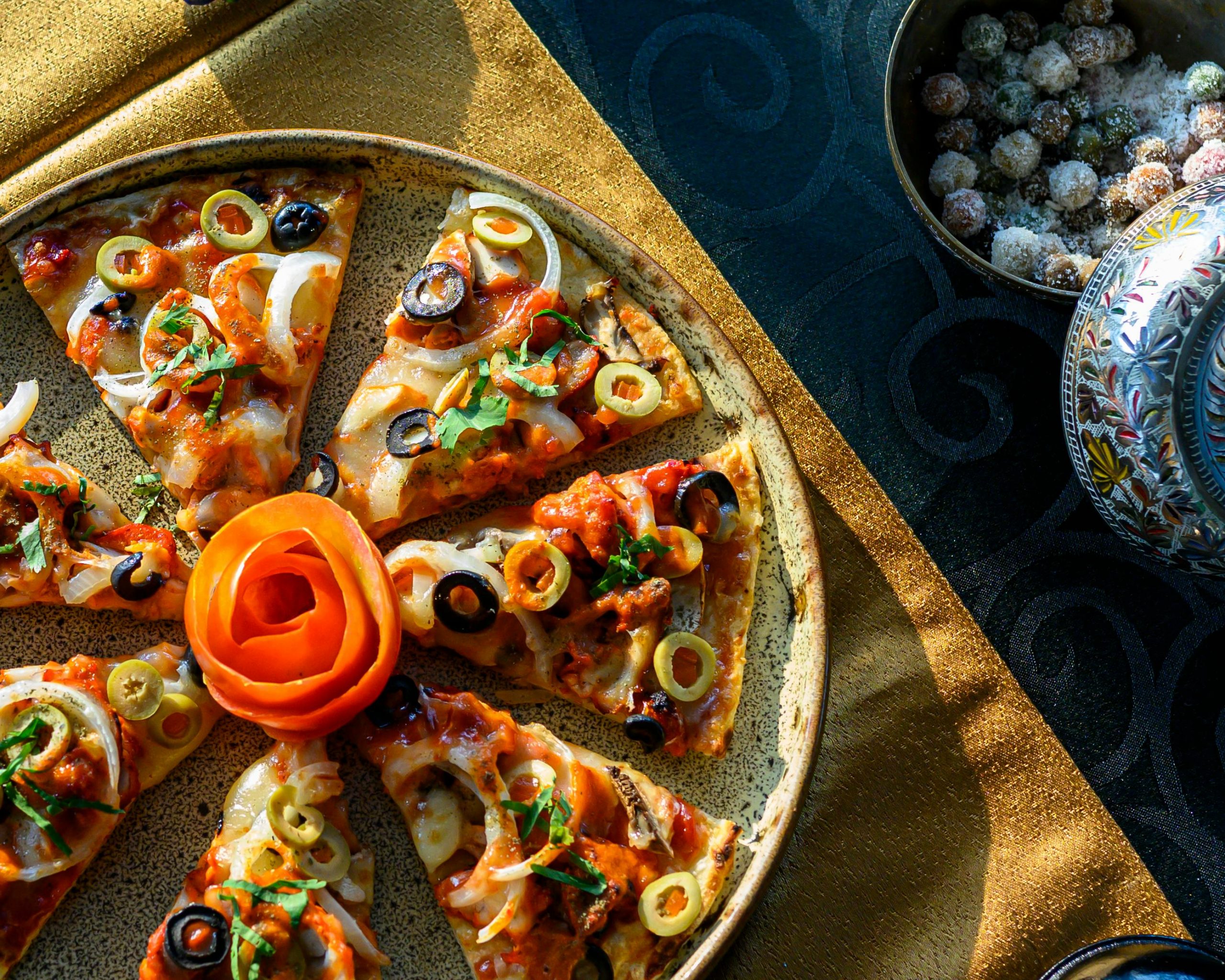Our relationship with food is complex, often extending far beyond simple nourishment. Eating patterns, preferences, restrictions, and emotional connections to food can be deeply intertwined with our past experiences, particularly trauma. Unresolved trauma – stemming from childhood adversity, abuse, neglect, loss, or other overwhelming events – frequently manifests in disordered eating patterns or a troubled relationship with food. Recognizing these potential connections is not about self-diagnosis but fostering self-awareness and compassion. Understanding *why* you relate to food in certain ways can be a crucial step toward healing both your eating behaviors and the underlying wounds.

Image Source: Pexels
Food as a Coping Mechanism (Emotional Eating)
Trauma often leaves individuals struggling with intense, difficult emotions (anxiety, sadness, anger, fear, shame) that feel unmanageable. Food, especially highly palatable items rich in sugar, fat, or salt, can provide temporary comfort, distraction, or a sense of numbing. Emotional eating – consuming food in response to feelings rather than physical hunger – can become a primary coping mechanism learned early on to manage overwhelming sensations when healthier coping skills weren’t available or modeled. The food provides fleeting solace from internal pain, reinforcing the behavior despite potential negative long-term health or emotional consequences.
Restriction and Control as a Response to Chaos
Conversely, trauma inherently involves a loss of control and safety. For some survivors, rigidly controlling food intake – through severe calorie restriction, obsessive tracking, eliminating entire food groups, or adhering to inflexible dietary rules – offers a tangible sense of mastery, predictability, and control in one area of life when other areas feel chaotic, overwhelming, or unsafe. Controlling food becomes a way to impose order externally when internal order feels lost. This pattern is a hallmark of eating disorders like anorexia nervosa, where restriction becomes intertwined with managing deep emotional pain or a distorted sense of self-worth derived from control.
Binge Eating: Numbing, Self-Punishment, or Scarcity Response
Binge eating involves consuming large quantities of food rapidly, often accompanied by a feeling of being out of control, followed by intense feelings of shame, guilt, or self-loathing. For trauma survivors, bingeing can serve multiple unconscious functions. It might be an attempt to numb overwhelming emotions or dissociate from painful memories temporarily. It can also sometimes represent a form of self-punishment stemming from internalized feelings of worthlessness or self-blame related to the trauma. Additionally, for those who experienced food scarcity during traumatic periods, bingeing can reflect a primal fear of deprivation, hoarding resources when available.
Body Image Distortions and Disconnection
Traumatic experiences, particularly those involving physical violation, emotional abuse targeting appearance, or neglect of physical needs, can profoundly distort one’s relationship with their body. Survivors might feel disconnected from their physical sensations (interoception), view their body as unsafe, disgusting, or fundamentally flawed, or develop intense body hatred or shame. This distorted body image can fuel various disordered eating behaviors – restriction to feel smaller or less visible, overeating as a subconscious way to create a physical barrier or feel “less attractive,” or obsessive exercise. Healing requires reconnecting with and reclaiming one’s body with safety and compassion.
Using Food and Body Size for Safety or Protection
Subconscious links can form between body size and perceived safety based on past trauma. For example, someone with a history of unwanted sexual attention might unconsciously gain weight through altered eating patterns to feel less visible or physically desirable, creating a perceived shield. Conversely, someone who felt unsafe due to aggression might restrict food to become smaller and feel less threatening or noticeable. These adaptations are unconscious attempts to regulate safety based on past harmful experiences, highlighting the deep, often hidden, link between body, food, and trauma history.
Difficulty Recognizing Internal Hunger and Fullness Cues
Trauma and chronic stress significantly impact the nervous system, which regulates bodily functions, including hunger and satiety signals. Survivors might struggle to recognize or trust internal cues of physical hunger or fullness. This disconnect can result from chronic hypervigilance overriding bodily signals, having learned to ignore bodily needs during traumatic periods for survival, or the physiological effects of stress hormones. This difficulty makes intuitive eating challenging and can contribute to cycles of over- or under-eating, as external rules (diets, time-based eating) often replace internal wisdom. Re-establishing the mind-body connection is key.
Healing Food and Body Requires Addressing the Roots
Our relationship with food often holds profound echoes of our past experiences, especially unresolved trauma. Patterns like emotional eating, restriction, bingeing, body dissatisfaction, or disconnected eating cues are frequently linked to attempts to cope with overwhelming emotions, regain control, numb pain, or navigate safety concerns stemming from traumatic events. Recognizing these potential connections is vital. True healing requires addressing not just the eating behavior itself but also the underlying trauma and emotional wounds. Trauma-informed therapy, often integrating approaches like EMDR, somatic experiencing, or DBT, along with support from dietitians specializing in eating disorders and practices promoting self-compassion and body reconnection, offers a path toward a more peaceful and integrated relationship with both food and self.
Do you recognize any connections between your past experiences and your current relationship with food? What does a ‘healthy relationship with food’ mean to you? Share your reflections below.
Read More
Are You Compatible? Here’s What Grocery Shopping Styles Say About Your Relationship


